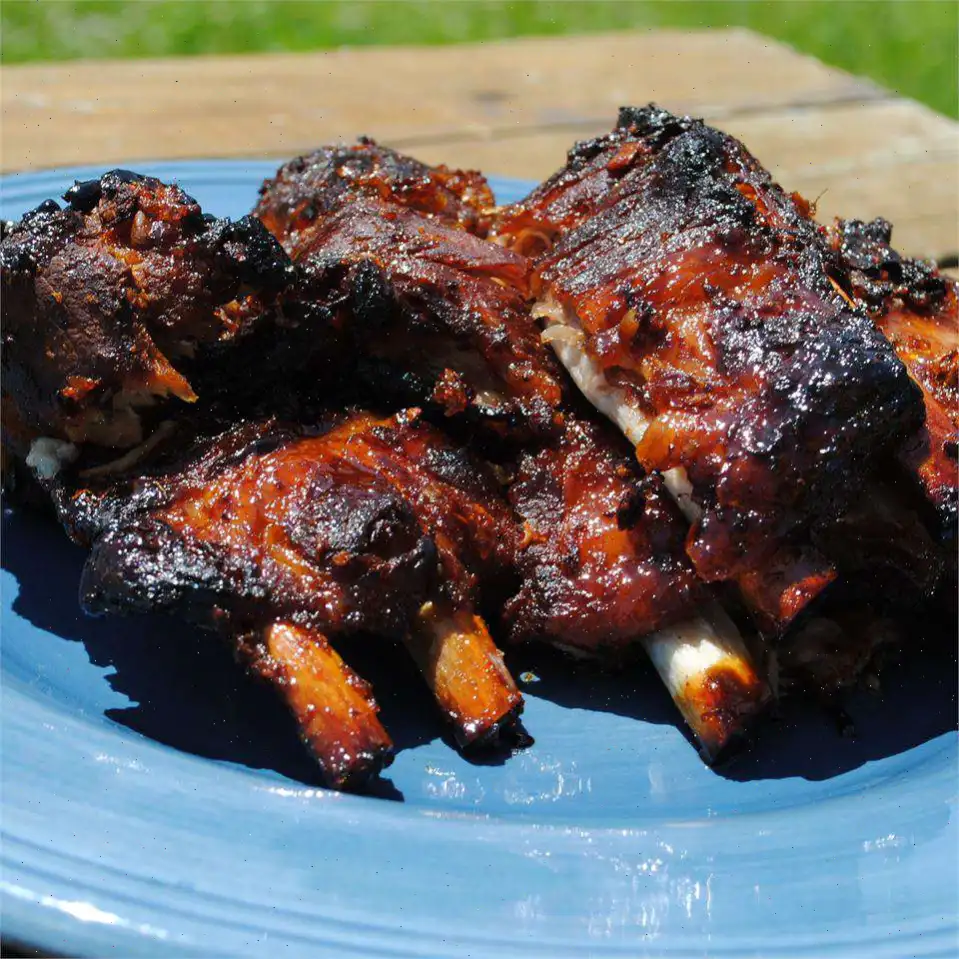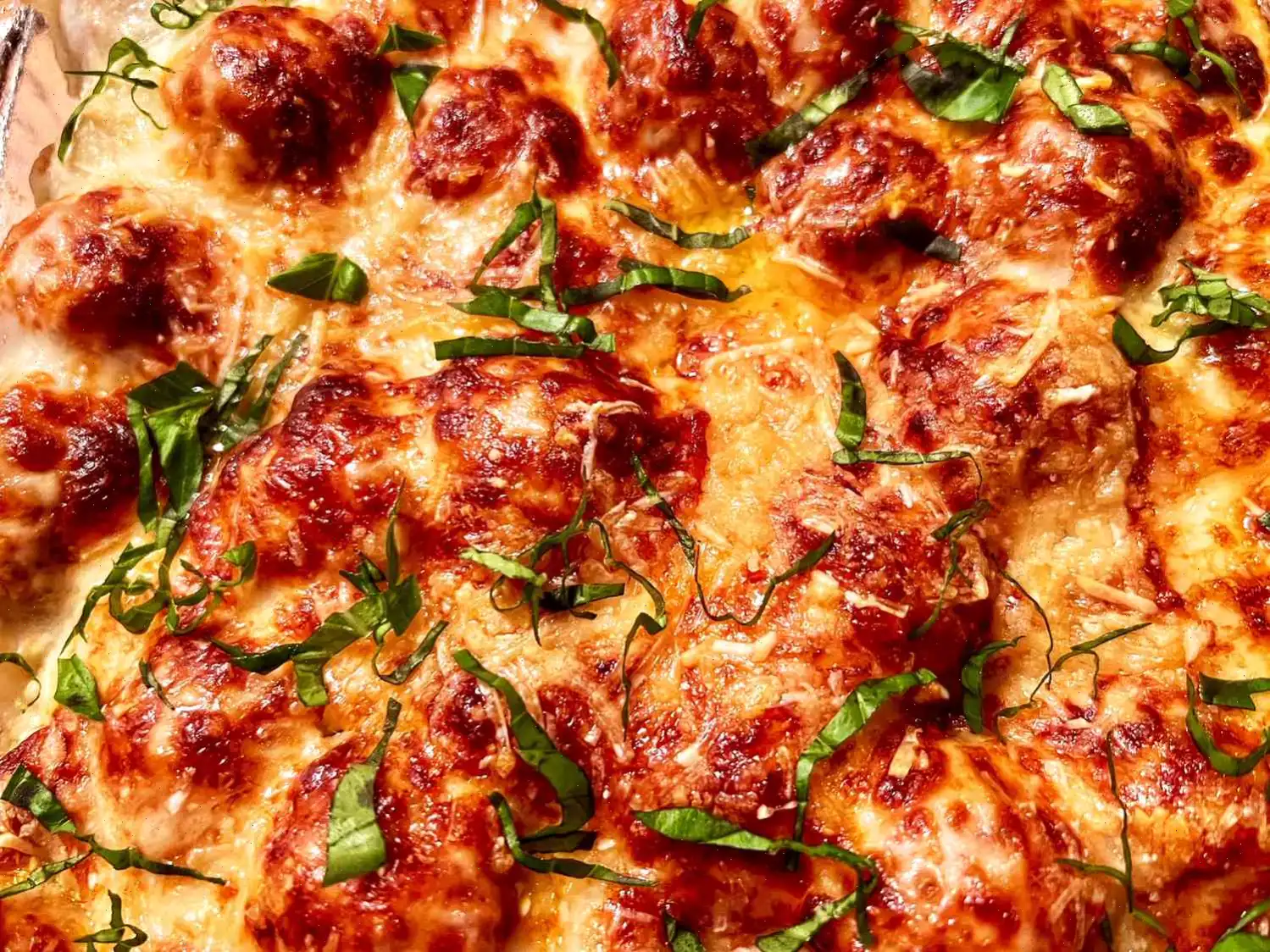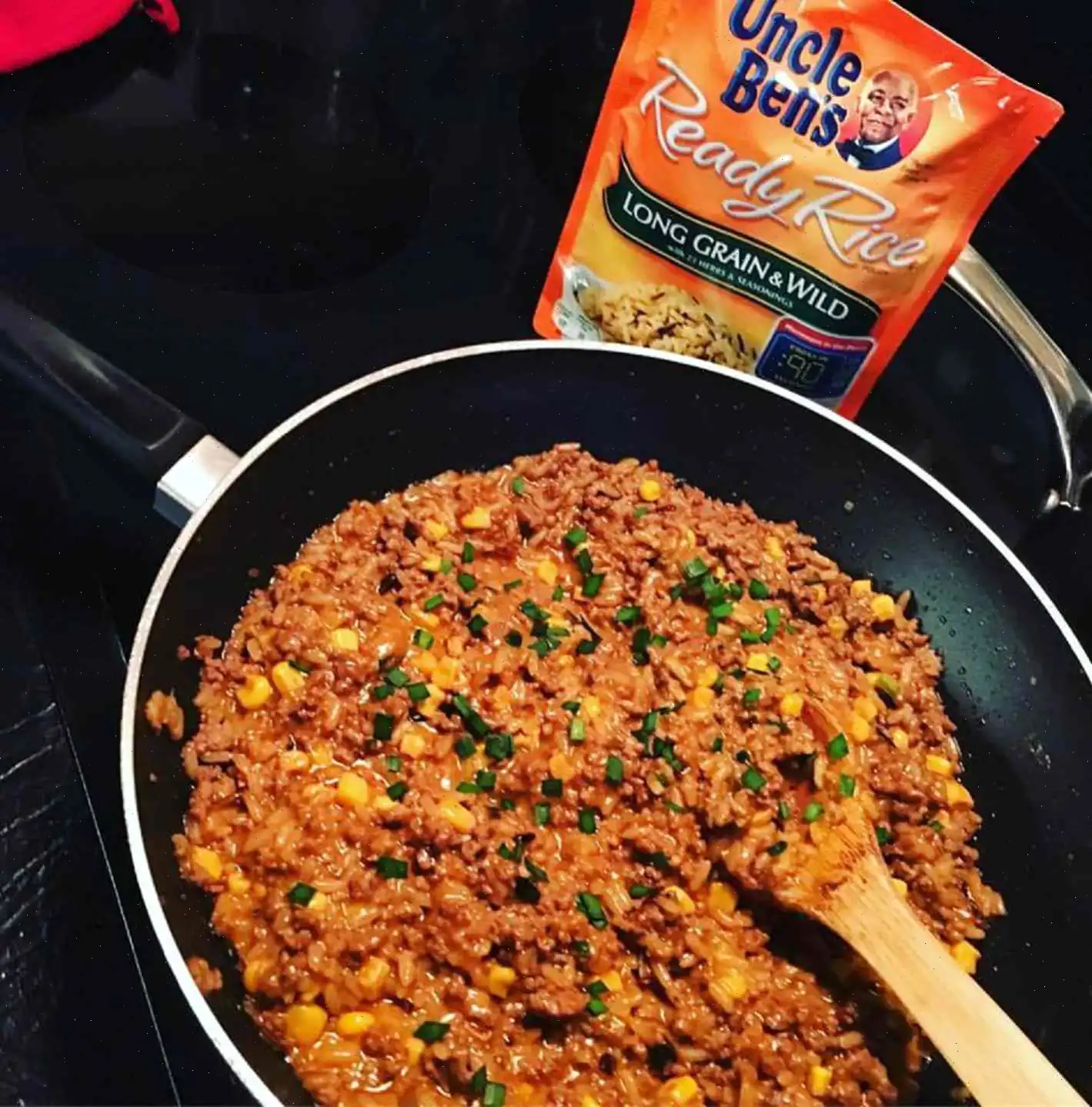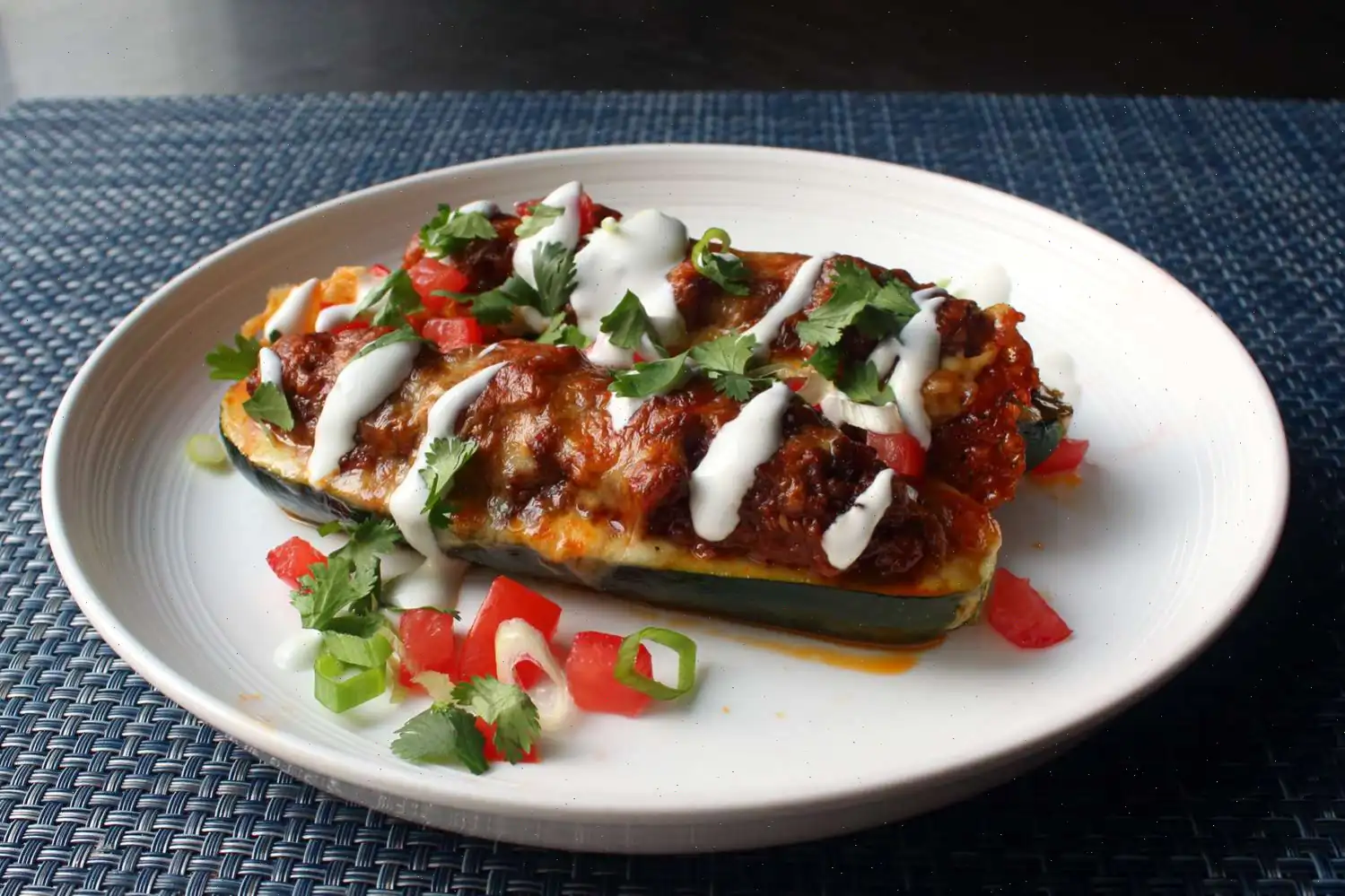
Filipino Ribs Recipe
Ingredients
- 6 pounds pork spareribs
- 2 medium onions, cut into wedges
- 6 tablespoons soy sauce, divided
- 6 whole star anise pods
- teaspoon ground black pepper
- cup water
- 1 tablespoon vegetable oil
- 1 medium onion, finely chopped
- cup honey
- 2 tablespoons brown sugar
- 1 tablespoon grated fresh ginger
- 1 tablespoon Worcestershire sauce
- 1 tablespoon lemon juice
Directions
Step 1: In a large stock pot, combine the ribs, 2 onions cut into wedges, 4 tablespoons soy sauce, star anise pods, and black pepper. Add water and bring the mixture to a boil. Reduce the heat to medium-low, cover, and simmer for about 1 hours, stirring occasionally, until the ribs are tender when pierced with a fork.
Step 2: While the ribs cook, heat vegetable oil in a medium skillet over medium heat. Add the finely chopped onion and cook, stirring, until the onion becomes soft and translucent.
Step 3: Stir in the honey, brown sugar, the remaining 2 tablespoons soy sauce, grated ginger, Worcestershire sauce, and lemon juice. Continue cooking and stirring until the mixture is well blended and the sugar is dissolved. Remove the skillet from heat.
Step 4: Preheat your oven to 400F (200C). Using tongs, carefully remove the ribs from the stock pot and place them in a single layer on an 11x16-inch baking pan.
Step 5: Brush the ribs evenly with the prepared honey glaze. Bake in the preheated oven for about 30 minutes, basting the ribs often with the pan drippings, until the ribs are well glazed and caramelized.
Recipe Tip
Star anise can be found at most Asian markets or many large grocery stores. It's an essential flavoring for this dish, providing a unique depth of taste.
Nutrition Facts
Per serving (12 servings total):
- Calories: 773
- Fat: 59g (76% DV)
- Saturated Fat: 19g (94% DV)
- Cholesterol: 198mg (66% DV)
- Sodium: 710mg (31% DV)
- Total Carbohydrate: 19g (7% DV)
- Dietary Fiber: 1g (3% DV)
- Total Sugars: 17g
- Protein: 39g (79% DV)
- Vitamin C: 3mg (4% DV)
- Calcium: 54mg (4% DV)
- Iron: 3mg (16% DV)
- Potassium: 697mg (15% DV)
* Percent Daily Values (DV) are based on a 2,000 calorie diet. Your daily values may vary depending on your calorie needs.
** Nutrient information is not available for all ingredients. Amounts are based on available data.
History and Origin of Filipino Ribs
Filipino cuisine is a delicious blend of indigenous flavors influenced by centuries of trade and colonization. The origins of Filipino ribs can be traced back to the Spanish and Chinese influences on Filipino cooking. Ribs, often pork, are slow-cooked with a variety of seasonings including soy sauce, star anise, and a sweet glaze made from honey and brown sugar. This method of cooking meats, with a balance of sweet and savory flavors, is a hallmark of Filipino food, reflecting the countrys rich history of cultural exchange.
Regional Variations
While Filipino ribs are popular across the Philippines, different regions may add their unique touch to the recipe. For example, in the northern regions like Pampanga, ribs might be paired with a more tangy vinegar-based sauce, while southern regions may prefer spicier variants. However, the version that uses a sweet soy-based glaze is commonly associated with Metro Manila and surrounding areas, where a balance of savory and sweet is a key feature in everyday meals.
Differences from Similar Dishes
Filipino ribs stand out from similar barbecue dishes due to their specific combination of ingredients. Unlike American-style ribs that often use a tomato-based sauce or dry rubs, Filipino ribs are marinated and simmered with soy sauce, onions, and star anise before being glazed with a honey-based sauce. This method of braising the ribs in a flavorful broth before finishing them in the oven ensures the meat is tender and infused with complex, aromatic flavors that set it apart from other rib recipes.
Where Filipino Ribs are Typically Served
Filipino ribs are a popular dish in Filipino households, especially during family gatherings and celebrations like birthdays, fiestas, and holidays. In restaurants, they are often featured on special menus or served as part of a traditional Filipino feast. While the dish is commonly eaten with steamed rice, it also pairs well with pickled vegetables or a light salad to balance the richness of the ribs.
Fun Facts About Filipino Ribs
- Star anise, a key ingredient in Filipino ribs, is often used in Filipino cooking to add a distinct licorice-like flavor to savory dishes, soups, and even desserts.
- While many Filipino dishes rely on vinegar for their signature sour notes, Filipino ribs embrace the sweetness of honey and brown sugar, reflecting the country's diverse approach to seasoning.
- In the Philippines, ribs are often cooked over open flames, giving them a smoky charred finish that adds another layer of flavor to this already rich dish.
- Despite being considered a Filipino dish, variations of this recipe can also be found in other parts of Southeast Asia, where soy-based glazes and braised meats are beloved in the local cuisines.
FAQ about Filipino Ribs Recipe
Comments
Nancy Scott
08/27/2023 05:05:22 AM
I am a Filipino who enjoys sweet flavors, and here are my modifications to the recipe: 1 - I prefer using baby back ribs or smaller back ribs, typically around 3 pounds. If you desire leftovers, you may want to prepare more. A large stock pot works well for this dish. 2 - I opt for sweet onions. 3 - I use sweet soy sauce, incorporating about half a cup into the pot mixture and another half cup for the glaze. 4 - Adding liquid to boil the ribs is essential. I recommend using enough beef stock to cover the ribs along with all the specified ingredients in the pot. The ribs are ready when the meat starts to flake easily with a fork. 5 - I substitute white pepper for black pepper as it provides a milder flavor. 6 - I increase the amount of glaze as I find the original quantity insufficient. After removing the ribs from the pot and placing them on a foil-wrapped cookie sheet (for easy clean-up), I generously baste the ribs, cover with foil, and baste again in the final 10-15 minutes of cooking. 7 - When preparing the sauce, I suggest tasting it and adjusting the sweetness as needed. If it's too sweet, reduce the soy sauce amount or add rice vinegar to balance the flavors. I typically prepare the sauce in the last 20 minutes before the ribs are fully cooked.
Jeffrey Phillips
03/23/2024 04:00:53 AM
Review Rewritten: I've always had trouble cooking ribs - getting the method, tenderness, and flavor just right. After reading some reviews, I decided to make a few changes. I followed the instructions to pre-cook the ribs without any additional liquid and the results were fantastic. After just 1 1/2 hours, the ribs were perfectly tender and fell off the bone. For the sauce, I made a number of adjustments. I doubled the amount of sauce, started with 3 cups of onions cooked in butter until they turned into a paste, and then added the rest of the ingredients. I reduced the amount of honey, increased the lemon juice, and added chili flakes and cumin to enhance the flavors. After draining the ribs, I grilled them over medium-low heat on the barbecue, basting them with the glaze several times. The final result was delicious, and I will definitely be making this recipe again. One last tip - I saved and skimmed off the juices from the pre-cooking process, which I believe will make a fantastic stock in the future.
Mary Garcia
10/23/2024 04:51:55 PM
Outstanding flavor and incredibly simple to prepare. I opted to utilize my slow cooker and simmered the ribs for approximately 8 hours on low heat. I found it necessary to include another cup of liquid (water or broth can be used). I wholeheartedly concur with other reviewers who suggest tripling the sauce for basting. The only adjustments I made were reducing the amount of Honey & Brown Sugar based on feedback from other reviews - aiming for a less sweet outcome. My dinner guests were thrilled and gave it two thumbs up!
Donald Hall
12/25/2022 02:12:06 AM
Instead of boiling my ribs, I decided to try a different method. I wrapped them in aluminum foil along with onions, soy sauce, pepper, and a couple of star anise pods. After baking them in a 350-degree oven for around 1 1/4 to 1 1/2 hours, I unwrapped them, cranked up the oven to 400 degrees, laid the ribs on a baking sheet, and basted them as per the instructions. This technique has become my go-to for preparing ribs, and without fail, they always turn out incredibly tender and packed with flavor.
Samantha Wright
09/18/2023 04:34:50 PM
I initially rated this recipe 4 stars, but with my modifications, it's definitely deserving of 5 stars! Firstly, I parboiled the ribs with an additional 1/2 cup of water, reserving about 1/4 cup of the liquid to enhance the sauce, which gave it an excellent boost of flavor. I recommend doubling the sauce as it's packed with wonderful flavors and the original amount isn't sufficient to fully coat the ribs. I opted for fennel instead of star anise, which worked well as a substitute. By using only 1/4 cup of honey instead of the full 1/2 cup, the dish had just the right level of sweetness for my taste. The ribs turned out incredibly tender and juicy! This will be my go-to method for cooking ribs from now on, regardless of the sauce I pair them with.
James Martinez
02/24/2025 11:57:22 AM
I absolutely adore this recipe! It does take a bit of time, but it's not too challenging. It's a fun recipe to make, especially now that I'm working from home due to Covid. I didn't have star anise available, but it still turned out delicious! Both my kids and husband enjoyed it as well.
Katherine Roberts
11/21/2024 09:54:40 AM
This recipe is fantastic! It produces the most delicious cornbread!
Melissa Perez
08/28/2023 04:45:39 AM
I gave Two star anise a thumbs up in my review.
Helen Roberts
10/18/2022 04:26:46 AM
Delicious and tender, the meat just melts in your mouth.
Jerry Diaz
09/23/2024 01:33:32 PM
I typically check reviews before trying a new recipe, but I skipped that step this time - my mistake! I decided to halve the recipe and followed it precisely, even resisting the urge to add extra liquid while boiling the ribs. Surprisingly, they turned out moist and delicious. The process was a bit time-consuming, but straightforward. Personally, I found the ribs to be overly sweet for my taste, yet undeniably flavorful and scrumptious.








